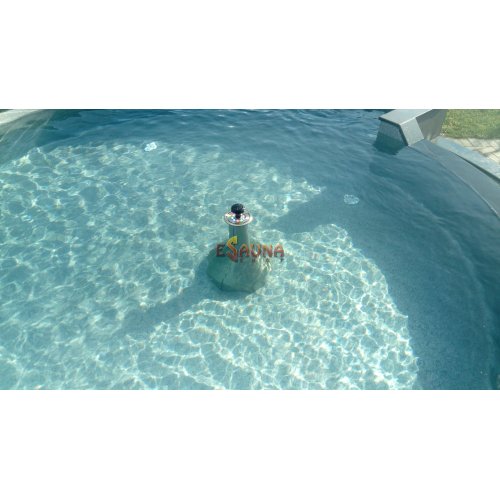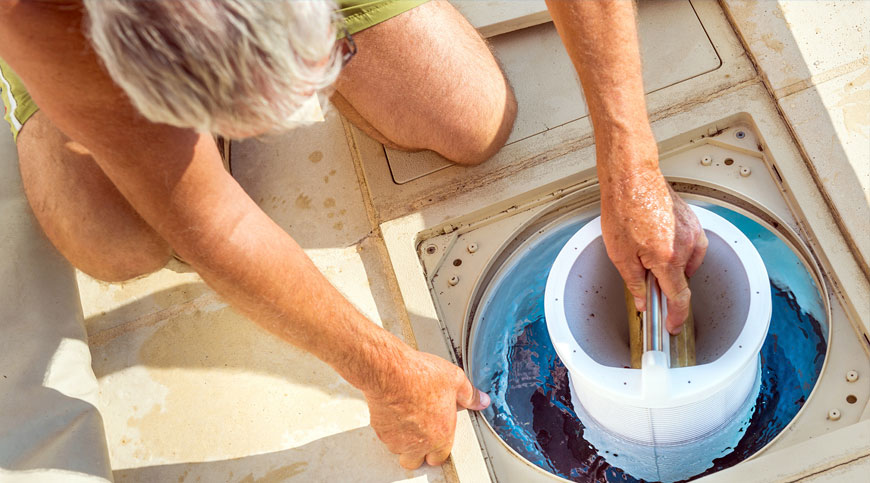Pool is an artificial open or covered water body for swimming, sports or recreation. Swimming pools come in a variety of sizes, from small pools at home to large professional swimming pools. Swimming pools can be rectangular, circular or irregular in shape, operating only in summer or year round.
Swimming, water jumping, water polo competitions and exercises are organized in the pools. The oldest pools were built in the 16th century in Japan. The first swimming pool in Europe was built in 1743. The first indoor swimming in Lithuania was installed in 1949. In order to use swimming pools safely and for their intended use, it requires mechanical cleaning of debris, heating, filtration and chlorination of water to remove biologically active pollutants.
In some cases, swimming pool water is treated with electrolysis, ozonation and ultraviolet treatment.
The most common pools are divided into the following categories:
1. By Purpose – for Athletic Training and Competitions; bathing – to serve one-time visitors; educational – for swimming and combined training.
2. By the nature of exploitation – artificial and located in natural water bodies.
3. By the available equipment – open, covered, transformable, mobile and complex.The structure of transformable pools can be replaced so they can be both open and closed. Complex swimming pools have a wealth of functionalities – they can accommodate the needs of sports and bathing.
4. By size, standard sports pools are 25 and 50 m long, 11.4 to 25 m wide. ) and fiberglass (composite materials).
• swimming pools
• pool
• pool chemistry
• installation of swimming pools







Naujausi komentarai